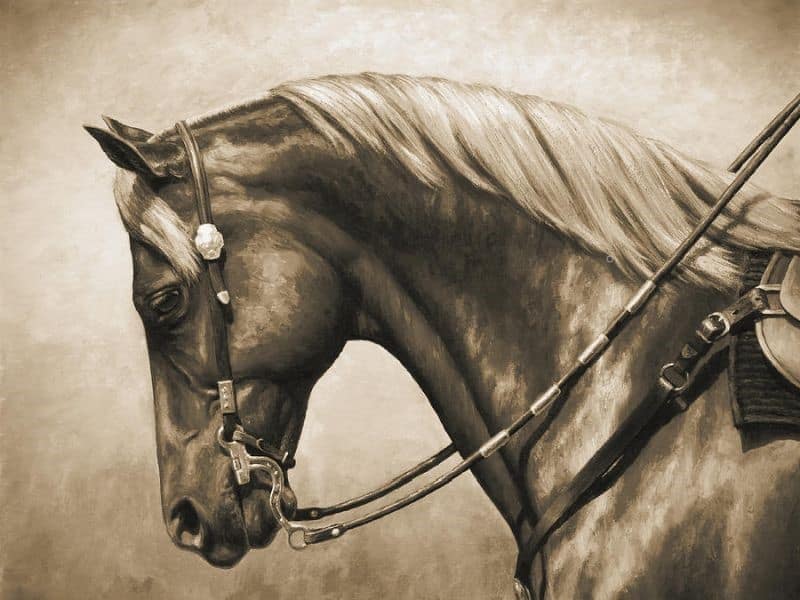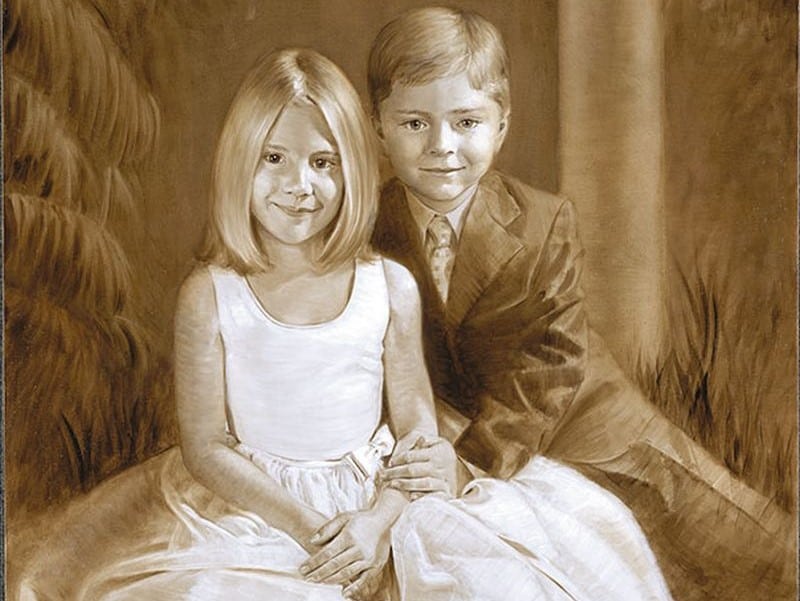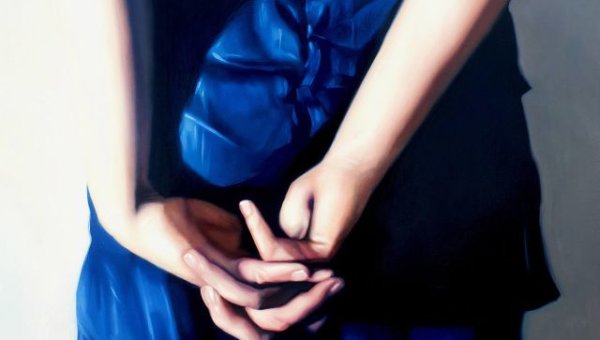
Prof. Theo de Beer about Sepia
In the section “Prof. Theo de Beer about ….” we share with you articles from the unpublished book of Professor Theo de Beer “Everything about art materials”. Prof. Theo de Beer managed the Old Holland company from 1982 till 2000 and made a huge contribution to its development.
The colour sepia was discovered around 1800 by the German Seydelmann from Dresden. He used the ink gland of the squid or cuttlefish called ‘sepia’ to make the pigment. The glands produce the brown liquid, which is stored in the ink sac, to secrete during pursuit. The stinking glands were dried and pulverised. With the aid of lye, a substance was separated from this mixture, after which an extract was left.

The filtered extract is raw material for making the product sepia. The squid that live in the Adriatic Sea provide a warm brown colour, while the sepia colour of squid from the Mediterranean Sea and the Atlantic Ocean are brown black. The organic dye became disused about 1970, and was replaced by a mixture of synthetic iron oxide pigments with black.

Sepia, with its high colour strength, was not lightfast and was very popular as a watercolour because of its transparent character. Nowadays, the colours warm sepia and sepia are also made as an oil paint from a mixture of lightfast brown and black pigments, which is much less transparent.







